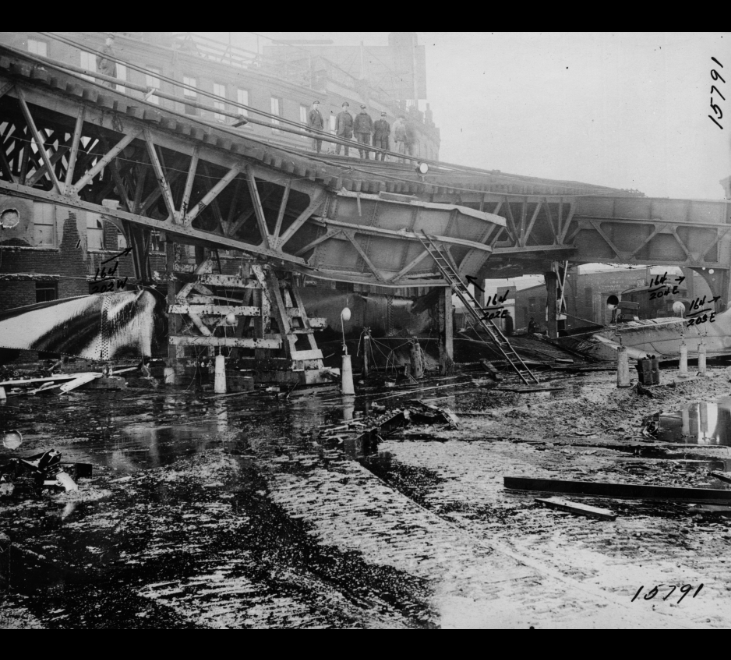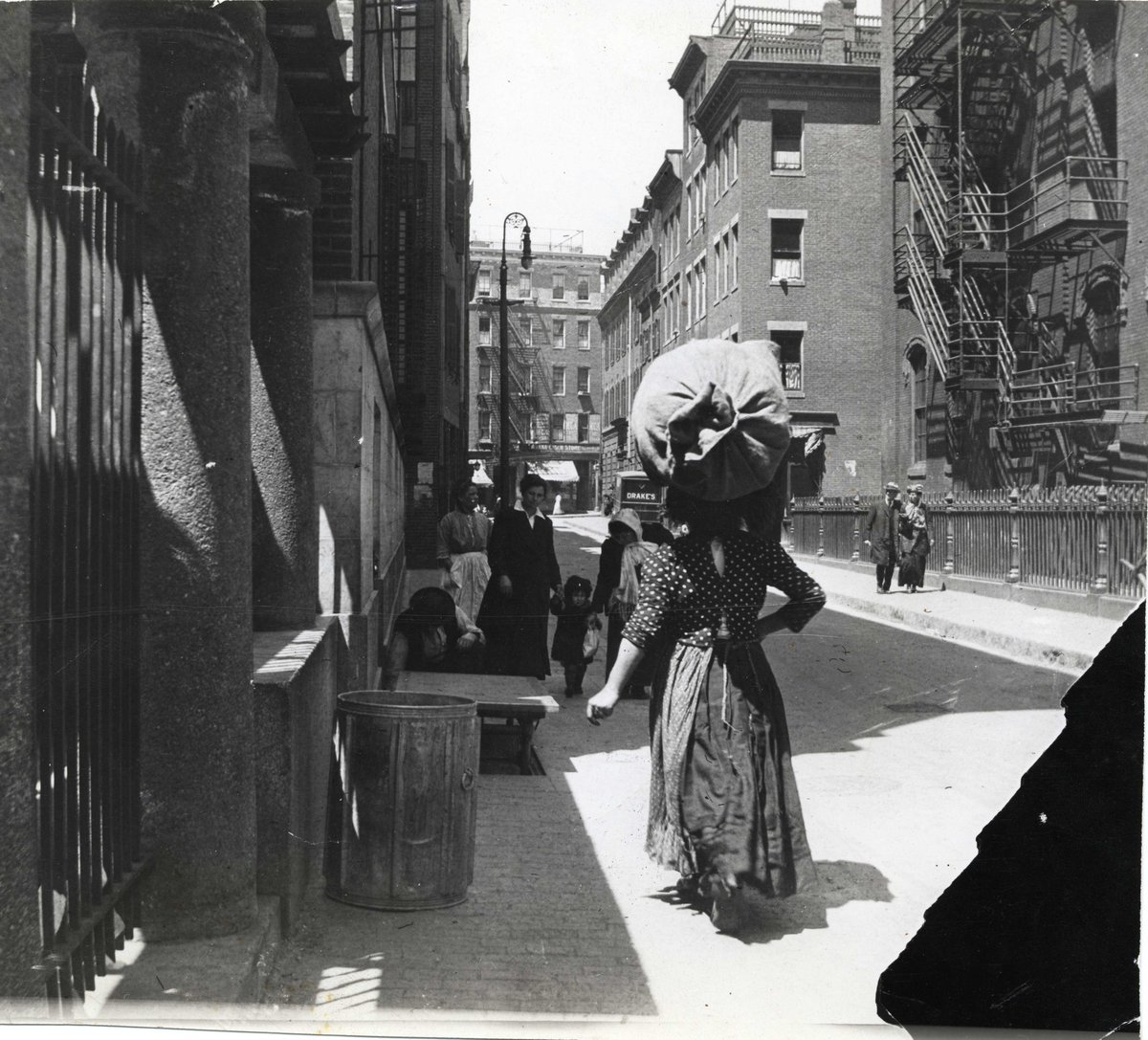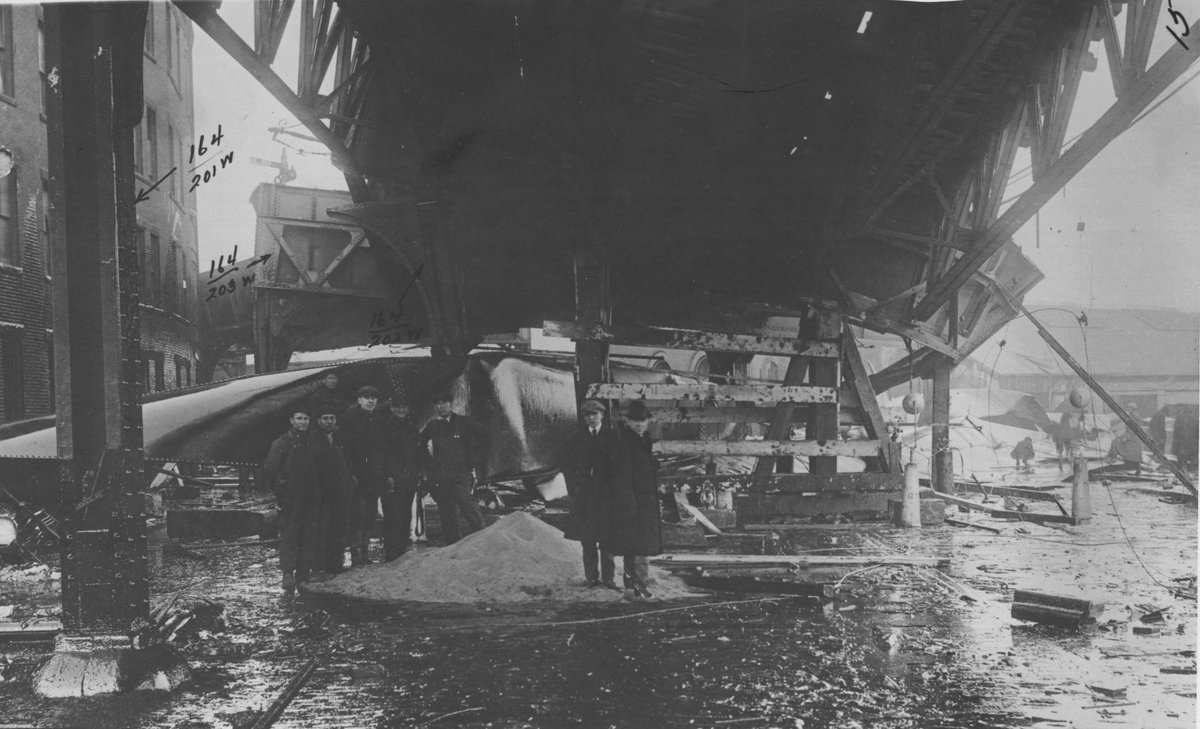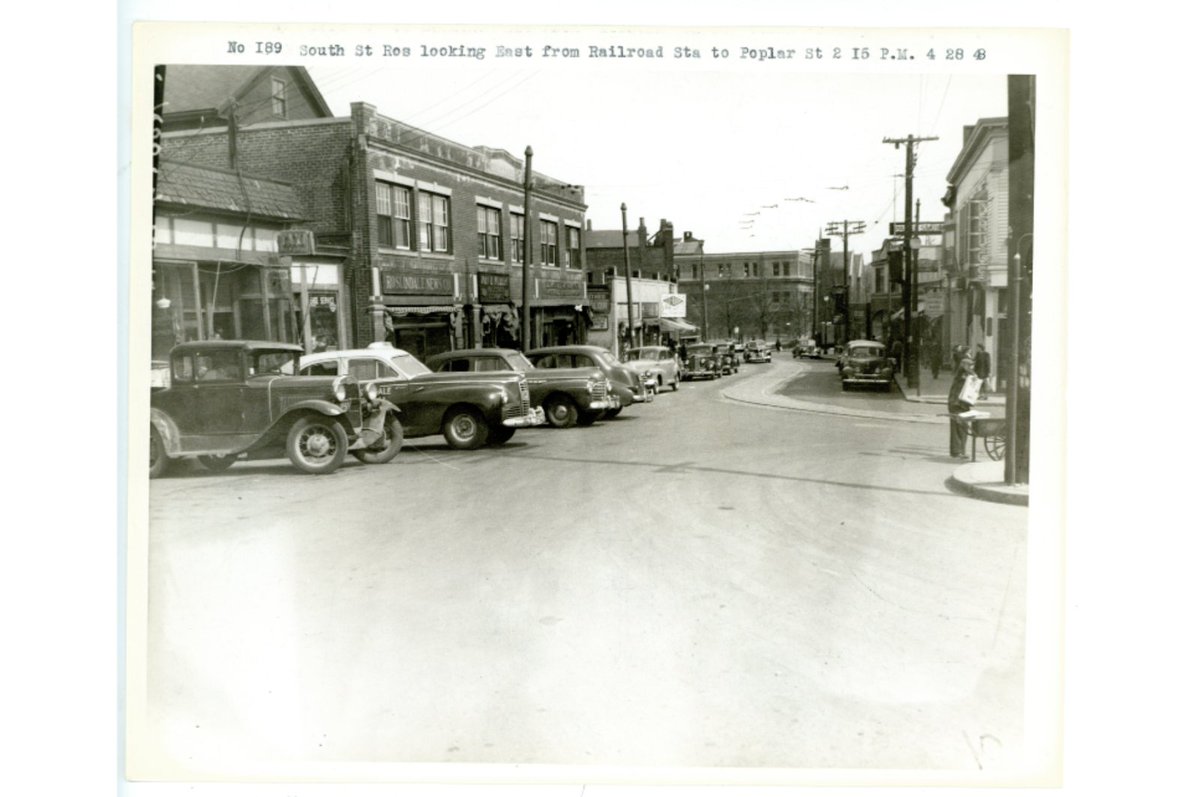
In 1917, James Henderson, a black poet, and playwright, arrived in Boston. In the 1970s, he was interviewed abt his art, activism, and family. His oral history now lives at the Archives. We're digging in for #BlackHistoryMonth! 🧵Photo: repository.library.northeastern.edu/files/neu:28423 

Henderson first came to Boston when he was working for a traveling theater company. He returned for education, but planned to return to the South after studying for a year. 

Henderson's move to Boston was part of a larger trend of African Americans moving North during the Great Migration. 

When Henderson first came to Boston, he stayed with a family from his native Virginia on Windsor Street in Roxbury. This photo shows one of his neighbors in front of 81 Windsor St, just a few doors down from 75 Windsor Street where Henderson lived. repository.library.northeastern.edu/files/neu:28073 

Henderson became active in Boston's black community, working with activists like William Monroe Trotter. 

Henderson told the oral history interviewer about some of his differences with Trotter, and commented that he considered Trotter an "idealist" and himself a "pragmatic idealist" 

Henderson recalled attending events sponsored by black community activists and organizations, including Crispus Attucks Day on March 5th. 

Shortly after Henderson moved to Boston, prohibition became law. Prohibition in Boston was, according to Henderson, a joke! 

Henderson worked for a grocer, and remembers helping the wealthy of Boston stock up on liquor in preparation. He recalls traveling to Gloucester to fill basements with liquor. 

As Henderson notes, many Bostonians ignored Prohibition laws. This photo from @digicomMA
shows one of many liquor busts in the city! digitalcommonwealth.org/search/commonw…
shows one of many liquor busts in the city! digitalcommonwealth.org/search/commonw…

Though Henderson worked a variety of jobs to pay the rent, he remained loyal to the arts. In his leisure time, he went to stage plays and to public ballrooms. 

When the Great Depression hit Boston in the 1930s, Henderson reflected on the economic difficulty, but also recalled it as "the salvation of black artists," because it gave them the opportunity to be paid for their work. 

Henderson acknowledged the he economic difficulty of the Depression, but also recalled the period as a "golden era" for black artists. 

Henderson ended his interview by reflecting on his and his family's experiences with race and segregation in Boston. He told stories of his family being unwelcome in hotels, restaurants, and even a local church. Photo: digitalcommonwealth.org/search/commonw… 

When his youngest son Billy attempted to attend a youth club at Ruggles Street Baptist Church, he was told he wasn't welcome. 

When asked about the state of civil rights in Boston, Henderson reflected on the work of Martin Luther King Jr. and its importance in northern cities like Boston. 

James Henderson was open about his experiences with some of Boston’s shortcomings. However, when asked about his life in Boston he highlighted Boston’s literary and artistic treasures as one of the things that kept him here so long. 

These are just highlights from James Henderson’s rich 31-page oral interview covering his 50+ years living in Boston! To read his interview, click here: cityofboston.access.preservica.com/uncategorized/…
• • •
Missing some Tweet in this thread? You can try to
force a refresh











